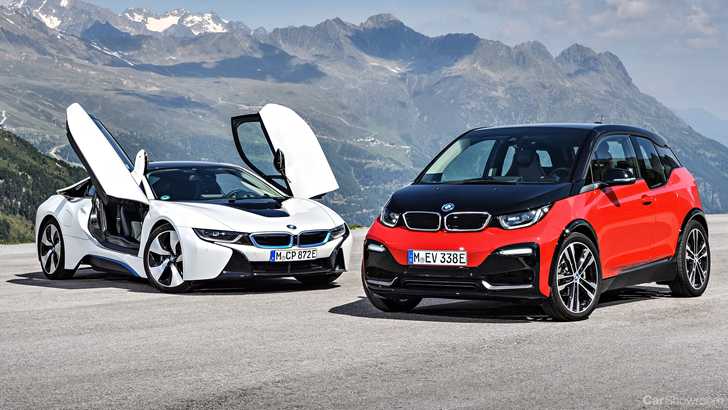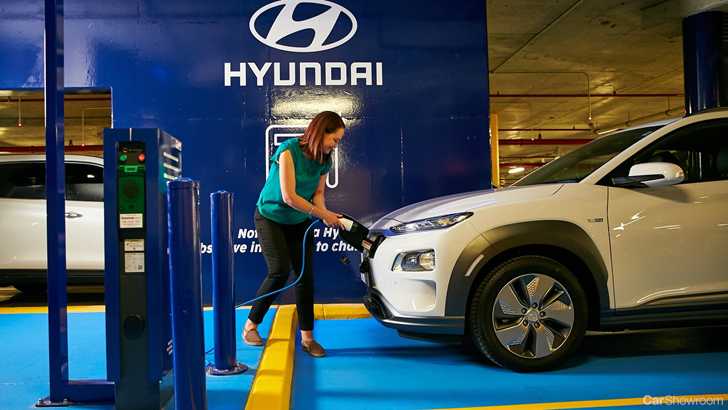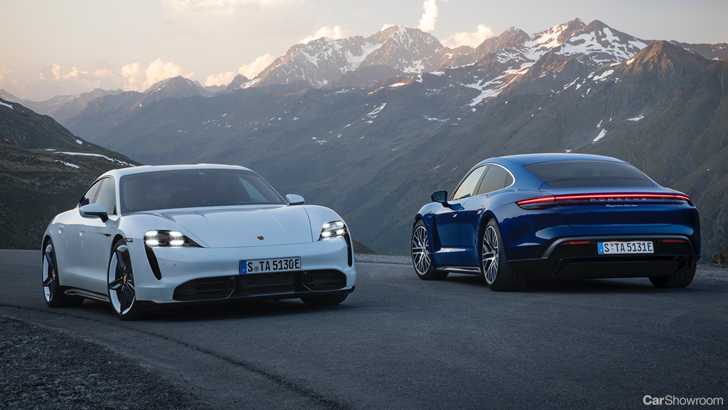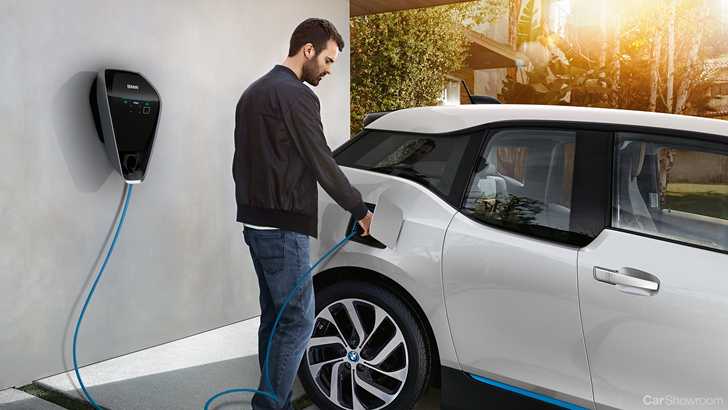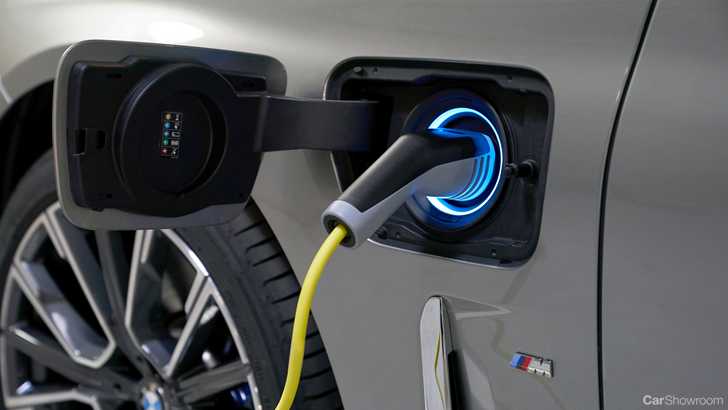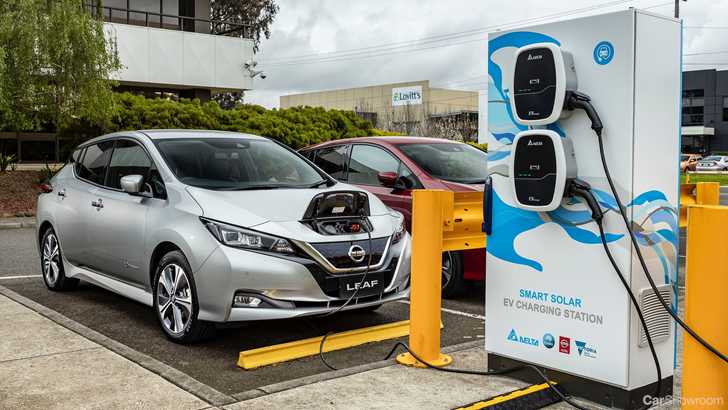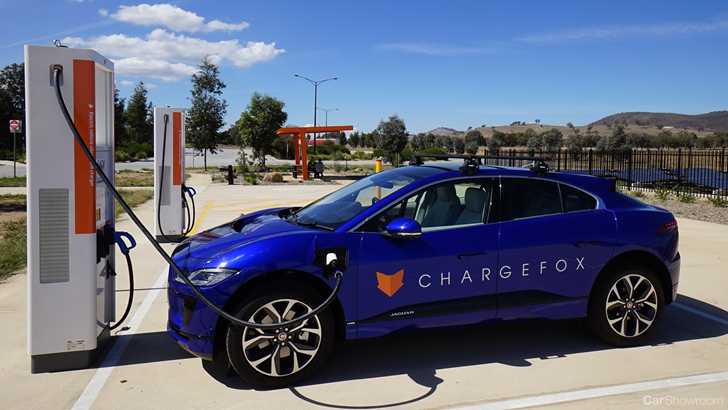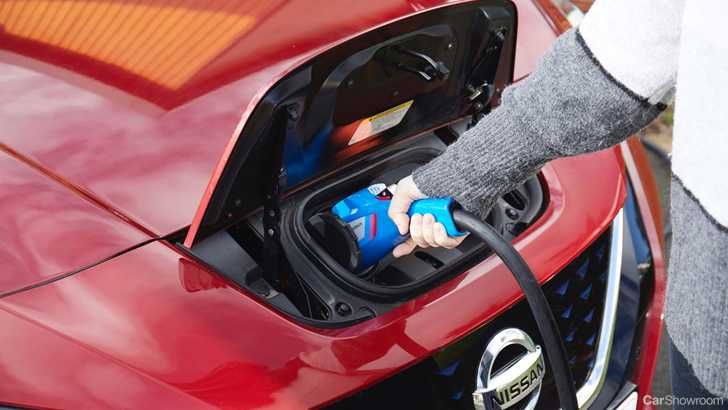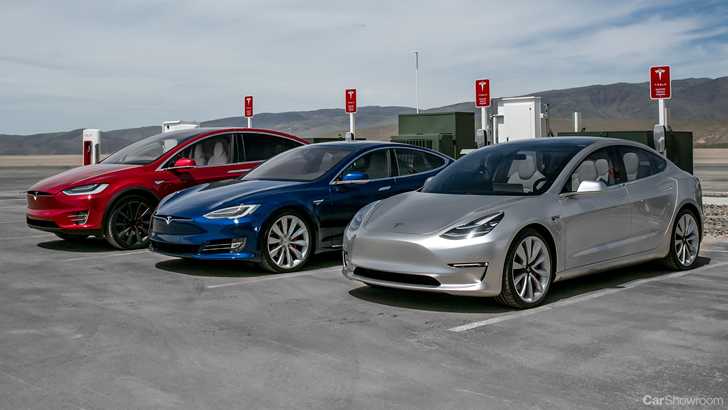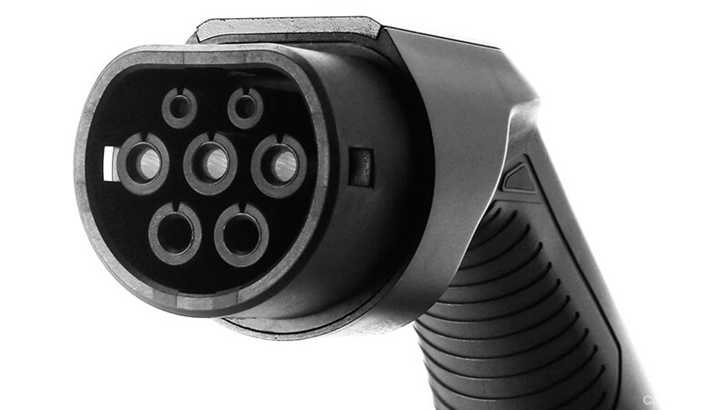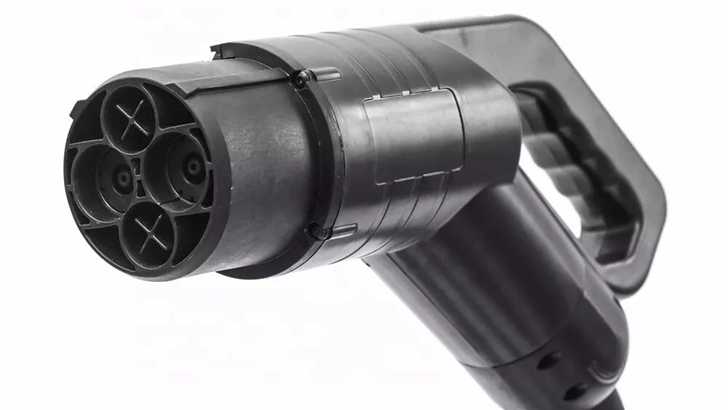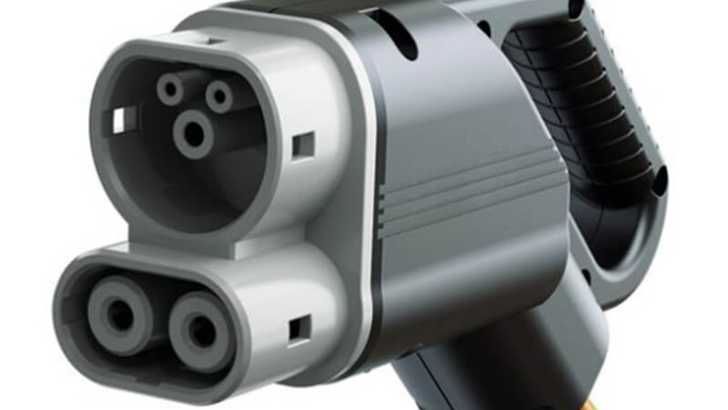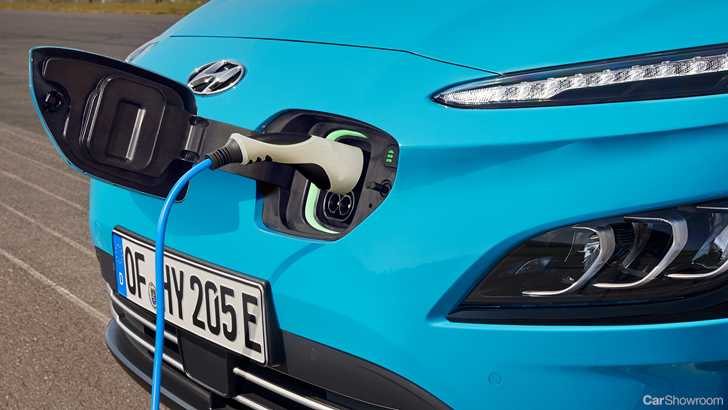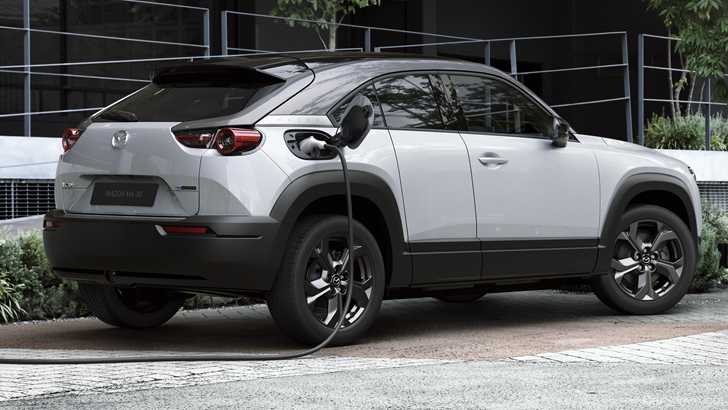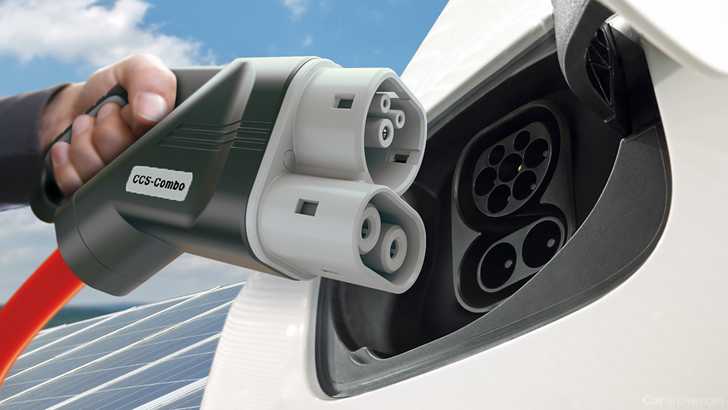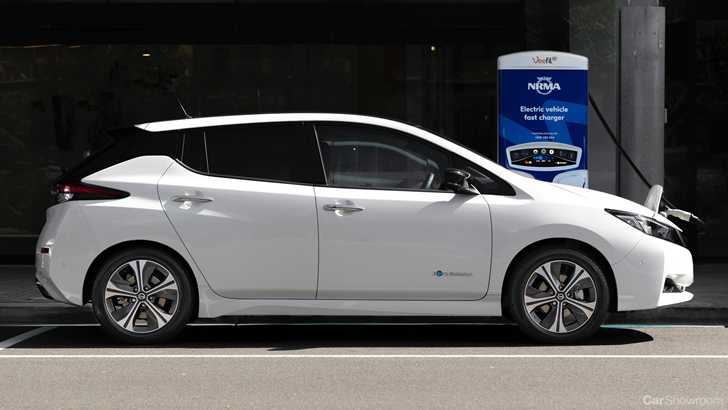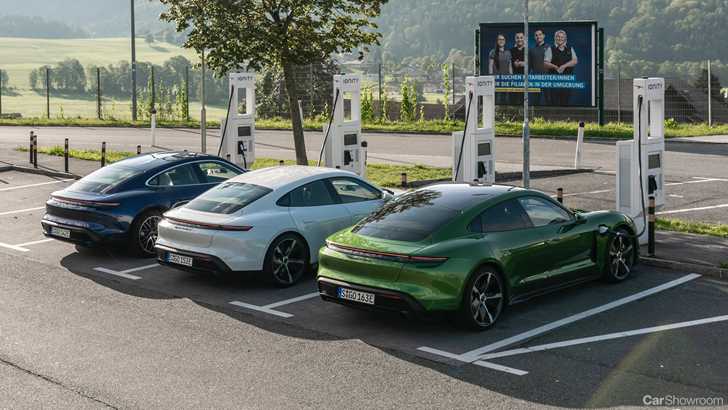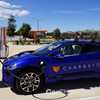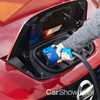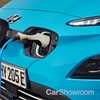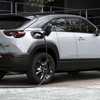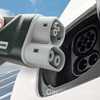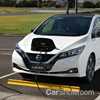The future of mobility is clearly electric, and electric car sales in Australia have been on the rise since 2019. More and more people are making the jump away from fossil fuels and onto clean renewable energy.
Electric vehicles or EV’s aren’t only gaining mainstream approval but they’re also quite stylish and sexy. Most buyers certainly think so. Tesla, amongst others in the luxury EV sphere, have managed to make their cars the envy of buyers all over. It’s cool to drive an EV.
With that, let’s take a closer look at some of the questions on the minds of potential EV buyers. Questions such as, what goes into buying and owning an EV? What are some of the factors of consideration? What challenges would we face in this area?
This is everything Australians need to consider when buying an electric car.
What EV’s are currently on sale?
Not too long ago, we brought you an extensive article listing down every new EV arriving on our shores this year. That list of incoming models in 2021 increases the amount of EV’s on the market by almost half.
Furthermore, the incoming crop of electric cars offers buyers a much wider palate from which to choose from. The global EV scene has been keeping up with buyer trends and are here to serve ‘em up.
Audi is adding a couple more sportier models to its EV line up starting with the e-tron S and the e-tron GT. Its sister firm, Porsche, has already begun selling its performance, pure-electric creation in three guises here alongside its plug-in stablemates, the Panamera and Cayenne.
On the other side of the spectrum we have the Nissan Leaf e+, now in its second generation with bigger batteries and more refinement. It has been a pioneer in the field with over half a million units shifted in the decade since it’s been on sale. Nissan claims their EVs have travelled some 16 billion kilometres and prevented more than 2.5 billion kilograms of CO2 emissions from entering the atmosphere. Brilliant!
Charging at Home
Charging your EV from home using a regular electrical socket will take more than 24 hours to charge up. One possible solution is to fit your home with a charger or wall box. When used in conjunction with photovoltaics, it can fill the battery pack up using renewable energy and for cheap.
For example, Manufacturers such as BMW and Tesla will sell you a wallbox unit to charge your electric BMW or Tesla at home. The latter retails it at $780 (excluding installation) on their site.
However, given that most Australian homes run on single phase 10 Amp circuitry, plugging in a Tesla Model X to the box at home will only yield 11km of range every hour. Meaning, if the car has a range of 547km, charging the battery pack to 80% would take around 40 hours.
After reaching out, BMW Australia informs us that the price for their Wallbox Plus is set at $1,990 (inclusive of GST and excludes installation). With the Wallbox hooked up to your home, it can charge up a BMW i3 120Ah variant to 80 percent in just 4 hours 40 minutes at a rate of 3.7kW (16A, single phase). On the other hand, plugging-in the same car to a wall socket at home would take a shade under 17 hours to reach 80 percent charge at 1.8kW (8A).
Other company’s such as Evolution Australia are also offering EV drivers home charging solutions such as the Zappi, which ranges from 7 to 22 Kilowatt’s (kW) in output. The 7kW unit is listed on their site for $1,395 including GST.
Once installed by a qualified electrician, EV owners can charge up their cars in the driveway and always have the peace of mind that the battery pack is always filled up and ready to go.
Destination Charging
We reckon range anxiety, which is the fear of running out of charge even before reaching the destination or a charge point, as one of the barriers to large-scale EV adoption.
The solution, for now, is destination charging. As you make your way to your destination, such as the office or a shopping mall, plug in your car to a charging station.
In some cases, charging stations at these locations maybe free-to-use which provides great value to EV drivers. Moreover, plugging-in the car whilst it’s not in use can help reduce unnecessary waiting times at charging stations, reduce range anxiety and helps keep the battery pack filled – which can also be seen as a safety measure.
Charging Stations
Chargefox says their network of strategically placed chargers allows folks to travel between Adelaide, Melbourne, Sydney and Brisbane. Those routes are some of the most vitally travelled in the nation, which greatly helps in the adoption process of EVs.
The Chargefox app lets you know where these chargers are located and allows you to better plan your journey as well as provide real-time charger information. The network has 15 high-powered sites as well as 48 fast charging sites and 165 AC charging points.
The other large network is of course Tesla’s Supercharger network. Just like the Chargefox app, Tesla’s app helps drivers locate a Supercharger station as they can be quite discreetly tucked away. Tesla has some 33 Superchargers and more than 700 Destination Chargers in the country. Click here to see where they’re located
Charging Station Types
According to the EVC, there are three levels of EV charging. The first level is an existing wall socket (10-16 Amps, single phase) as you might find around your home. When used with a specialised charging cable, it generates roughly 10-20km of range per hour. Great for top up’s but won’t charge a pure electric vehicle overnight.
The second level is a dedicated AC charging port with up to 7kW (32 Amps, single phase) charging capacity. These chargers are typically found in shopping malls, office, hotels, etc. and can add up to 40km of range for every hour they’re plugged in.
Lastly, we have Level 3 chargers. This type is commonly referred to as a fast charger or rapid charging and it uses DC power ranging from 25kW to 350kW (40-500 Amps, three phase) to get the job done. These chargers can fill up some EVs in as little as 15 mins.
Connector Types
AC
Type 1 (also known as SAE J1772, pictured above), in Australia, is the standard connector used by Mitsubishi, Nissan and some other EVs prior to 2018. The Type 1 is a five-pin design AC plug.
Type 2 (also known as IEC 62196, Mennekes) is a seven-pin design which allows the AC plug to support three-phase charging. The Type 2 plug is not only used by every other EV manufacturer but is also the plug of choice for Australian EVs.
DC
CHAdeMo, is an abbreviation for “CHArge de MOve”, French for “move using charge”. It’s used by Japanese marques such as Toyota, Mitsubishi, Honda and Nissan. This rapid DC charger is being dropped in favour of CCS connectors.
CCS or Combined Charging System allows both AC and DC chargers to use the same plug. Both CCS Type 1 and CCS Type 2 connectors can withstand a power capacity of up to 350kW. Volkswagen, BMW, Ford, Jaguar and Hyundai are some of the manufacturers who use this plug internationally. Tesla includes a CCS 2 adapter with all new Model S and X cars.
How much does charging cost?
The cost of charging depends on a few factors such as location, time of the day (peak periods), per kWh cost, efficiency, size and thermal management of the battery pack. If you were wondering, kWh is an abbreviation for “Kilowatt Hours”, which in turn means “how many thousand watts of electricity is consumed per hour”.
Electric cars measure their energy consumption in kWh/100km, while ICE cars calculate it in litres/100km.
Let’s do an example. Let’s say the price of energy is 0.40 cents per kWh (when plugged in to a Chargefox station) and you intend on filling up your Nissan Leaf. Let’s also say that it consumes energy at a rate of 17.1kWh/100km.
That means it’ll cost you $6.84 to charge it up with enough range to cover 100km. With its claimed range of 270km, the Leaf will cost you $18.47 ($6.84 x 2.7) to fill up.
Similarly, a Mazda 3 equipped with a 2.0-litre petrol engine and an automatic transmission, consumes fuel at a rate of 6.2L/100km. Let’s says petrol costs $1.25 per liter. It would cost the ICE Mazda 3 $7.75 to travel the same 100km.
Also, to be included in an EV's running cost is a tax that’s just been introduced. EV drivers in Victoria and South Australia will be taxed 2.5 cents per kilometre for pure electric vehicles and 2 cents for the same kilometre in a plug-in hybrid.
The tax changes everything. Consider this, $6.84 (Chargefox cost @ $0.40/kWh) + $2.50 (EV tax) = $9.34 per 100km. That means it costs $1.59 more than the Mazda to run per 100km.
Get this too, if it costs an EV $9.34 to travel 100km, that’s equivalent to an internal combustion engine consuming fuel at a rate of 7.5L/100km. If you were wondering, that car is a BMW M340i with a 285kW 3.0-litre straight-six engine that’s capable of hammering the century sprint in 4.4 seconds.
That’s how big an impact the tax is on EVs in those states.
At press time, Chargefox will cost road users around AU$ 0.40 per kWh while the Tesla Supercharger costs AU$0.52 per kWh.
Cost of Ownership
There are hundreds, if not thousands of mechanical moving parts in a conventionally powered internal combustion engine. It requires frequent servicing to keep it working including regular fluid changes, tune-up’s etc.
According to Oneflare, the average price for a logbook service for an ICE car is around $200 (depending on where you live it can cost more or less).
An electric car doesn’t have hundreds or thousands of moving parts, rather, it has just one moving part. That’s it. But that doesn’t mean its maintenance-free. EVs require the same periodic servicing in order to keep the vehicles warranty in effect and in proper working condition. They just don’t demand servicing such as changing the engine oil, oil filter, air filter and belts.
However, an EV needs its differential fluid, brake fluid, coolant fluid, reduction gear oil and cabin air filter changed at intervals too, just like its ICE counterpart. Furthermore, axle and suspension parts, brake pads and rotors, driveshaft gaiters, steering system components and the air conditioning system must be inspected at intervals. Worn parts are swapped out for new ones.
As mentioned, EV drivers in Australia (VIC and SA currently) will be taxed to the tune of 2.5 cents per kilometre for full electric vehicles, and 2 cents per kilometre for plug-in hybrid vehicles, reported ABC News
This taxation means drivers who travel an average of 20,000km per year will have to pay $500 annually for their pure-electric car and $400 annually for a plug-in hybrid over the same travel distance. Madness!
Government Incentives and Lack Thereof
Sadly, the Australian government’s attitude toward electric mobility in terms of taxation, incentives, policies and infrastructure is almost archaic. This is strange considering the sale of EV’s have been on the up since 2019.
Even stranger is that it sits on the backdrop of the nation’s astonishing lack of mandatory vehicle efficiency standards, something most of the developed world has already adopted. The lack of incentives also mean that car manufacturers will pass over Australia when it comes time to unload their eco-friendly products.
For example, the Kia e-Niro skipped Australia in 2019 due to the government’s failure to introduce legislature which will reduce carbon emissions. As it stands, transportation is one of the largest carbon producers in the country.
As you’ve read, Victoria and South Australia are some of the first few states in the nation to even impose a tax on the use of EVs. According to a report by The Driven, the announcement came in the same week as the UK’s announcement to ban the sale of petrol and diesel cars by 2030.
Behyad Jafari, CEO of the Electric Vehicle Council, described the announcement as “shameful”. “I can’t begin to express how strange and disappointing this is from state governments,” Jafari Tweeted. “Having made no move to incentivise electric vehicles, they have waived the white flag on electrification and decarbonisation for a few measly bucks.
The Victorian state government is said to rake in some $30 million annually from this tax.
For more information and for the best deal on your next brand-new car, please visit our Showroom.
EV connector picture credit: https://electriccarhome.co.uk/
